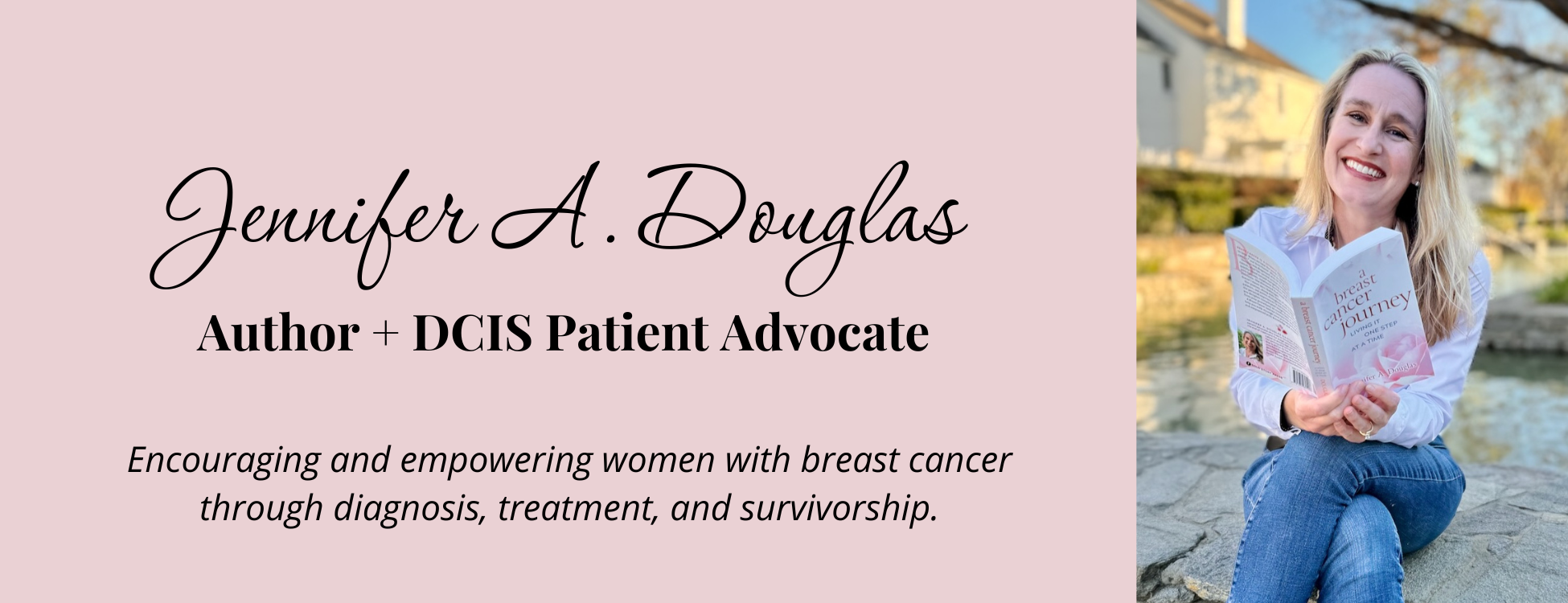
Recovery Process for my Herniated Disc
The recovery process for my herniated disc has been a long one. I can’t believe I’m still dealing with symptoms nearly a year after the problem began. I fondly remember when I would fall and scrape my knee as a child. After a few days of pain, I’d be back to my normal activities.
Nowadays, my body doesn’t bounce back as well. I can wake up sore and not even realize what I did to hurt myself. I’d love to have a story to tell when I’m walking funny, but I have no idea what happened most of the time. Apparently, forty (plus) year old bodies don’t recover like young ones do.
Follow-Up with My Spinal Doctor
Last week, I followed up with my spinal doctor to discuss some of my lingering symptoms and ask if I should pursue other avenues of recovery. I’m thrilled to report that I don’t need to undergo any more procedures, imaging, or testing for this issue. As long as things don’t get any worse, I should keep doing what I’m doing.
So that means I’m better, right? All recovered?
Let’s dig into that question because the answer isn’t as straightforward as you might think.
Recovery is a Process, Not an Event
When dealing with a chronic health issue, be it physical, mental, or emotional, it can be tempting to want to be recovered. We want to be “all better.” When my children would run to me, sobbing and sore from a recent tumble, they wanted me to kiss it and make it better. My mom powers were able to impart physical and emotional healing with just one kiss on a sore knee.
I longed for an “all better” from this injury. Was there one simple thing I could do to make the pain and tingling disappear?
Nope.
The recovery from this herniated disc is ongoing, and I will continue to experience tingling until the c7 nerve fully heals. There’s a possibility that the tingling may never fully resolve. Ever.
So How Did This Injury Happen?
I have no amazing story to tell about what happened with my spine to cause this injury. However, I remember noticing my left index finger was numb in the spring of 2021 when I was chopping up some vegetables.
It took months to get to a correct diagnosis. At first, the doctors thought was that it was carpal tunnel. Then, I thought it might be a reinjury of my shoulder. After reviewing my symptoms, the doctor agreed, and I got a cortisone shot to help with the pain.
That worked for a little while, but then the pain came back.
It was only after I saw a physical therapist that I got a correct diagnosis. My numbness, tingling, and radiating pain weren’t hand or shoulder issues. They were coming from my neck. That would explain why doing my shoulder physical therapy exercises didn’t work. Pro Tip: Shoulder PT exercises don’t work for neck issues.
Correct Diagnosis and Options
An MRI of my neck revealed a herniated disc in my cervical spine. This disc was compressing the nerve that ran down my left arm, the c7 nerve to be exact, which was causing the radiating pain and tingling. This radiculopathy was why my shoulder, upper arm, elbow, and hand were hurting and tingling.
When I had my first appointment with the spinal doctor in the summer, he walked me through the treatment options for this injury. They went from conservative to aggressive.
- Physical therapy
- Epidural Injection in the spine
- Surgery
As I chatted with him, we decided to start with the most conservative treatment and see how I did. Physical therapy was already making a big difference in my symptoms, and it had the lowest risk of complications. We also scheduled an EMG study to test my arm’s nerve and muscle health. It showed what my experiences had confirmed. The nerve damage was chronic. However, it also showed that the nerve was beginning to regenerate.
Pain and Progress
By the time I had my EMG in late August, I was dealing with a massive flare-up in pain. While vacation had been a lovely change of scenery, it was not good for my recovery.
I spent most of the fall doing lots of PT and managing the pain. Finally, after what felt like a long time, I was able to stop taking pain medication and sleep restfully. By November, I had plateaued in my recovery and maxed out on my PT visits for the year.
It was time for me to see if I could manage the remaining symptoms independently. I graduated from PT and committed to doing my exercises regularly at home.
On My Own- Am I Better?
Since December, I’ve been managing my PT at home, and it has been going well. That is when I do my exercises. When I don’t, I hurt. So I need to do my PT exercises every other day, or I will have a pain flare-up.
My left index finger is still tingling, which is manageable but annoying. In fact, that’s why I scheduled the follow-up with my spinal doctor last week.
Setting my Appointment Goal
Before the appointment, I spent some time thinking about what my goal was in seeing him. If I was going to take the hour to drive to his office, I needed to develop a clear purpose for the visit. How would I deem the appointment a success?
I decided to focus on one question for the appointment that would help me get what I wanted to out of the time. If I could get an answer to that question, it would be worth it for me to make the drive. So this is what I came up with:
Since I’m still experiencing tingling, would it make sense to try a different treatment plan?
Stay the Course
When I described my recovery progress and current symptoms to my doctor, he was pleased. I’m not on any pain medication, I’m able to exercise, and my radiculopathy (tingling fingers) hasn’t gotten worse. However, he did mention that in a subset of patients, the nerve never quite recovers after this kind of chronic damage. His encouragement was to keep doing my exercises and come back if things get worse. At this point, since I’ve had the nerve damage for so long (hence the word chronic), surgery wouldn’t be a magic tool to fix the problem.
Physical therapy has gotten me to the point of being comfortable and nearly pain-free. My nerve will likely keep healing, but there is no guarantee. Thankfully, I don’t need any more aggressive treatment at this point.
I left the appointment feeling no better physically but extremely grateful and hopeful. I got the answer to my question. There’s no reason for other treatments because I’m not getting any worse.
So, Am I Better?
That’s quite the nuanced question because I’m still symptomatic.
What’s Improved:
- Pain
- My understanding of the problem
- What I can do to improve my stiffness and mobility
- My attitude about the injury
- How I need to adjust my daily activities to avoid a relapse
- My energy
- My ability to sleep
- My emotions
- My capacity to live with the tingling
What’s Stagnant/not improved:
- Tingling in my left index finger
There is no “magic mom kiss” that will make my nerve get better. Apparently, the cure is time. Nerves can regenerate, but exceedingly slowly.
The good news is that I have retained the muscle function in my fingers. I can still do almost everything with my hands, except for some minor discomfort with fine motor control in my left hand. I noticed it when I was crafting and struggled a bit to pick up little pieces of paper with my left thumb and index finger.
I’m continuing to walk this long recovery process from my herniated disc. Hopefully, I can avoid further damage, or another herniated disc, by being active and building muscle through my daily fitness.
Recovery is a process, not an event.
Jennifer Douglas
Jennifer Douglas is an author, patient advocate, and DCIS breast cancer survivor. After navigating her own breast cancer journey in 2019, she began writing and encouraging others who were newly diagnosed. Her resources include her book, "A Breast Cancer Journey: Living It One Step at a Time," and her online support course, "Encourage: Breast Cancer and Beyond." Jennifer also actively supports patients through her online presence and direct involvement in communities and support groups, offering guidance and encouragement every step of the way.


You May Also Like

Confessions of an Anxious Traveler: Is It Possible to Avoid the Pre-Vacation Panic?
August 19, 2022
3 Keys for Dealing with Strong Emotions
August 25, 2020

3 Comments
Katja
It sounds amazing. May I ask which exercises have you done for c7 when you were still in pain?
Jennifer Douglas
That’s a great question! I had some stretches which worked well, and then after my pain decreased, we worked on some mobility and strengthening exercises. What was most helpful was having my physical therapist design a custom plan for me. Initially, when I was in pain, I tried doing lots of different stretches, and they didn’t work because I was targeting the wrong areas. It was really frustrating! It wasn’t until I had the PT look at me that I got the right stretches assigned to me!
Andy
Hey there,
Just wondering if you still have tingling in your finger. I also herniated by c7 … just wondering where you are today with your healing process. Thank you!